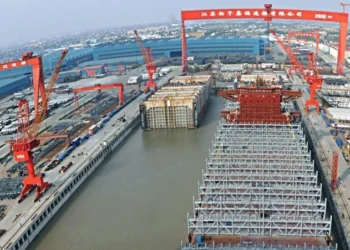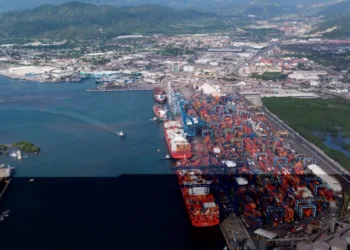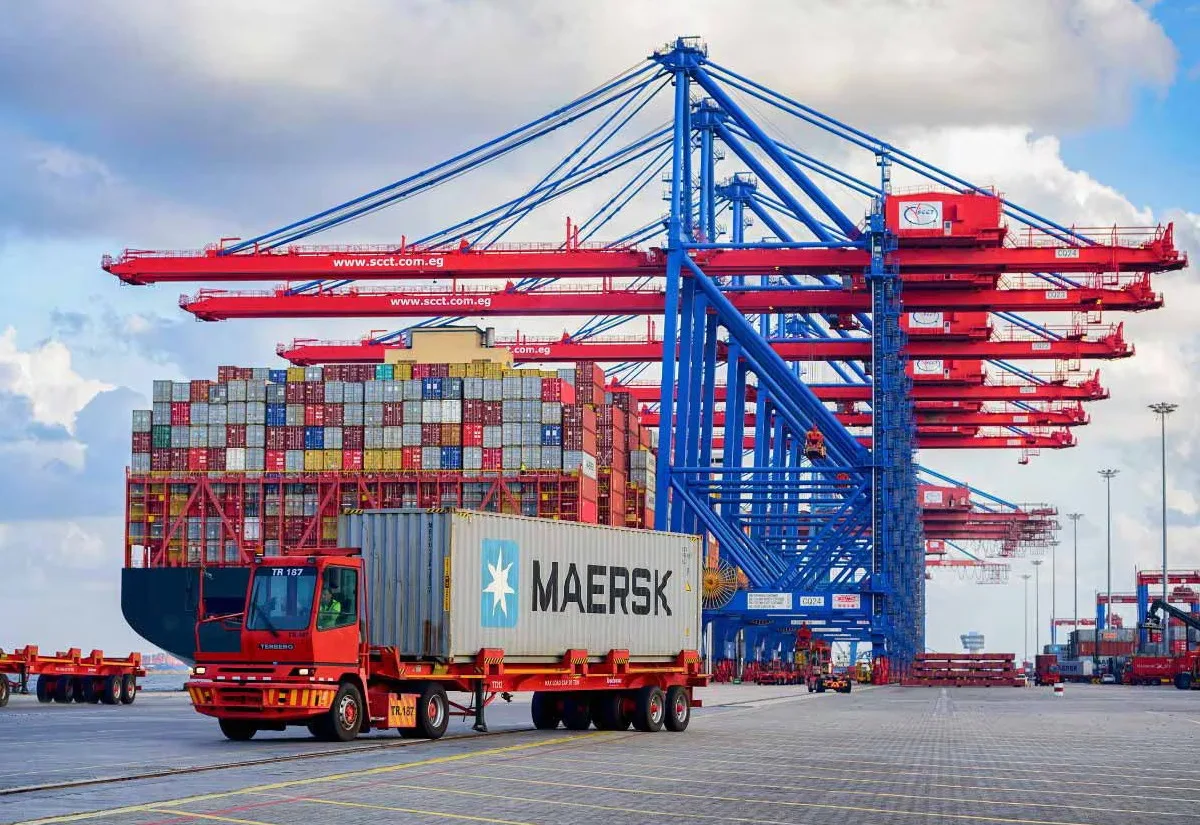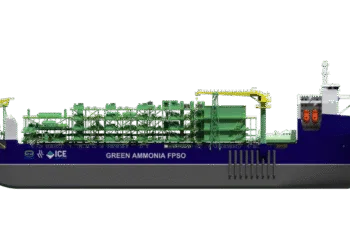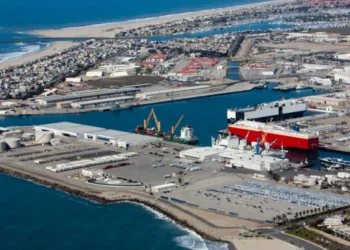The IMO’s Net-Zero Framework is upcoming. Wind-assisted propulsion cuts costs, creates jobs, and earns compliance bonuses—delivering climate action, affordable trade, and a just transition, argues Anaïs Rios, senior shipping policy officer at Seas At Risk.
As the United Nations’ International Maritime Organization (IMO) prepares to meet in London to discuss the finer details of how to decarbonise the shipping industry, member states hold many cards. The question is, how will they choose to play them? Some will push for ambition, some will stall, and some may even play their ‘trump card’ to try and block progress altogether, but one play is clear: adopting the “Net-Zero Framework” (NZF) on how to decarbonise shipping is vital if progress is to be made.
Adopting the IMO’s NZF is a no-brainer but competitiveness, job security and freight costs will weigh heavily on decision-making when designing and implementing the Framework. Since the IMO did state that “the transition [to decarbonisation] should be just and equitable”, I am here to play my wind propulsion card.
I was recently involved in commissioning Seas At Risk’s Wind First report, and the results confirmed what many of us already suspected: Ships equipped with suction sails or rotor sails can cut fuel costs by up to 18%, which actually means savings of up to half a million dollars per ship, per year. These savings will help ship owners pay for new, expensive e-fuels coming in the future. It also means that they will be less affected by fuel price volatility and emission compliance costs demanded by the EU and IMO. By retrofitting sails on existing vessels or designing brand new ships altogether means that shipping costs stay steadier and everyday products don’t get even more expensive for consumers.
Installing wind assisted propulsion technology isn’t just about cutting fuel costs. In a world where jobs are being replaced by emerging technologies, wind propulsion is one innovation that actually creates them. Shipyards and port workers around the world can be trained to install and maintain wind systems, and, given time, can even manufacture parts. As more ships adopt wind assisted propulsion, installation capacity and technical training must be scaled up to avoid bottlenecks. This offers real and skilled jobs to shipyards and ports particularly in Africa, Latin America and small island developing nations, who can become hubs of new maritime jobs.
So far, wind assisted propulsion is starting to get its wings (pun intended), but it still has a way to go before it’s widely adopted in the industry. That’s where the IMO’s NZF comes into play. While the framework mainly focuses on reducing fuel intensity and shifting from polluting fossil fuels to cleaner alternatives, through the guidelines, it has the potential to also reward clean technologies such as wind through “technology-specific multipliers”. In other words, every tonne of CO2 you cut with wind power earns you extra “credits”, giving ships a compliance bonus, or financial incentive for meeting their targets, on top of their fuel savings.
This means that wind propulsion can help you meet IMO’s decarbonisation standards faster and more cheaply. A higher compliance value under the NZF will speed up global adoption and attract investment into emerging markets. For lower- and middle-income countries, supporting the framework is not only about climate, it’s about creating jobs, strengthening industrial capacity, and keeping trade affordable.
So, all of this to ask the delegates who will attend the IMO next week to not just adopt the Framework, but use the technical negotiations that will follow to give wind propulsion the spot they merit: as the first, best solution in the toolbox. Wind propulsion is a win-win: clean energy, lower costs and more skilled jobs and the energy is free, clean and available now.




